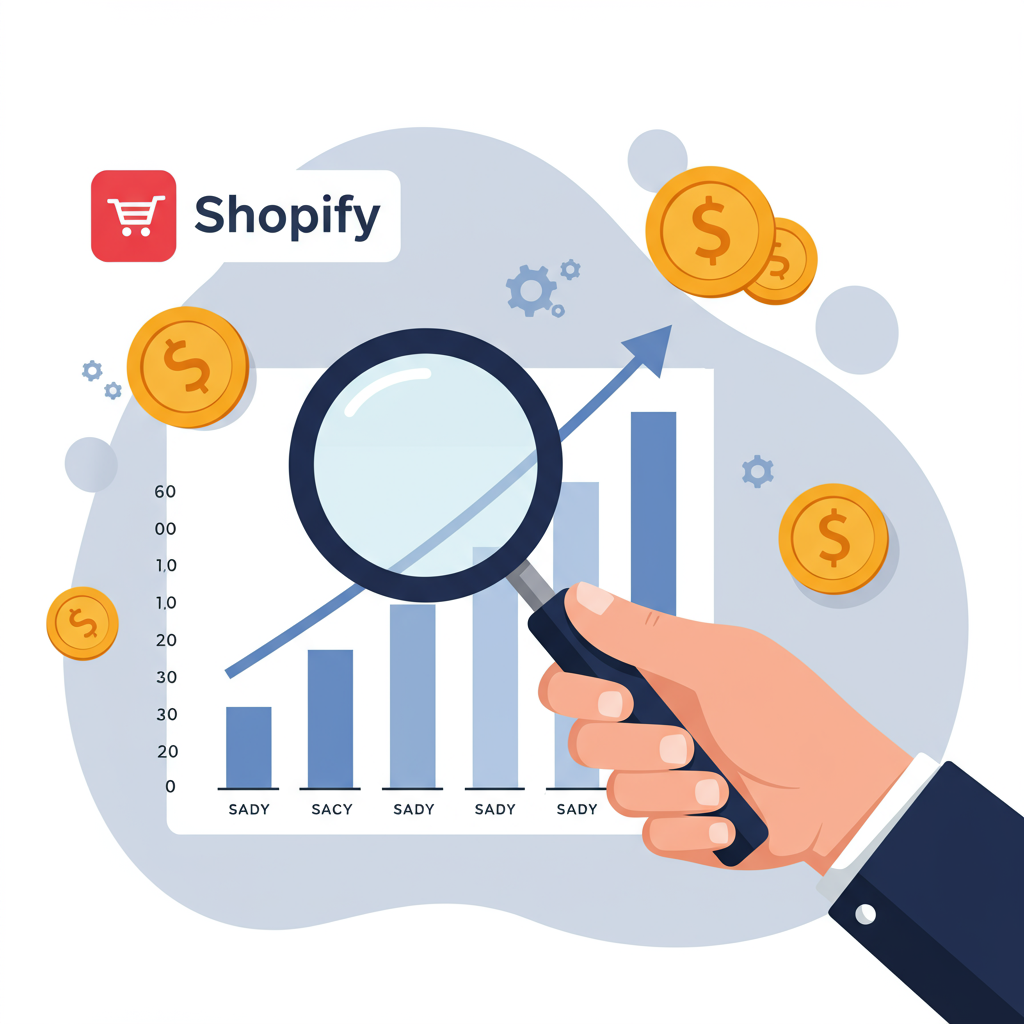Unlock the full potential of your e-commerce store by strategically setting prices that attract customers and boost profitability.
As a merchant, I’ve learned that pricing isn’t just about slapping a number on your products; it’s a dynamic, strategic lever that directly impacts your Shopify store’s growth and profitability. It’s one of the most powerful tools we have at our disposal.
My journey in e-commerce has shown me that getting pricing right can be the difference between merely surviving and truly thriving. It requires a deep understanding of your business, your customers, and the market landscape.
Before we even think about what customers will pay, I always start with a fundamental step: understanding my costs. This isn’t just about the raw material; it’s a comprehensive look at every expense associated with bringing a product to market.
First, there are the direct costs, often referred to as Cost of Goods Sold (COGS). This includes the manufacturing cost, supplier fees, and any direct labor involved in producing or acquiring the item you sell.
Then, we must factor in indirect costs. These are your overheads: Shopify subscription fees, app costs, marketing and advertising spend, shipping and fulfillment expenses, payment processing fees, and even your time.
Once I have a clear picture of all these costs, I can then determine my desired profit margin. This isn’t a one-size-fits-all percentage; it varies by product, industry, and your overall business goals.
Beyond costs, I believe understanding the perceived value of your product is paramount. What problem does it solve for your customer? How does it make their life better, easier, or more enjoyable? This value often justifies a higher price point.
Different customer segments will perceive value differently. A premium product might appeal to one group, while another might prioritize affordability. I always consider who my ideal customer is and what they truly value.
Market research is another critical component I rely on. I analyze what my competitors are charging for similar products. This doesn’t mean I’ll simply match their prices, but it gives me a benchmark and helps me position my offerings.
There are several core pricing strategies I’ve explored and implemented on Shopify, each with its own merits depending on the product and market conditions. Let’s dive into some of the most effective ones.
The simplest is Cost-Plus Pricing, where you add a fixed percentage markup to your total cost. While straightforward, I find it often overlooks market demand and customer perceived value, potentially leaving money on the table.
Value-Based Pricing, in my opinion, is far more powerful. Here, you set prices primarily based on the perceived value to the customer, rather than solely on your costs. This strategy often allows for higher margins, especially for unique or high-quality products.
Competitive Pricing involves setting your prices in relation to your competitors. I use this when my products are similar to others in the market, aiming to position myself as either a premium, mid-range, or budget option.
Dynamic Pricing, while more complex, can be incredibly effective. This involves adjusting prices in real-time based on demand, supply, competitor pricing, or even customer behavior. Shopify apps can help automate this.
Tiered Pricing is something I’ve found useful for services or products with varying features. Offering different packages (e.g., basic, pro, premium) allows customers to choose what best fits their needs and budget, expanding your market reach.
Implementing these strategies on Shopify can be done manually for simple adjustments, but for more sophisticated approaches, I often leverage the platform’s extensive app ecosystem.
For instance, there are Shopify apps specifically designed for dynamic pricing, subscription management, or even A/B testing different price points. These tools can automate complex pricing rules and provide valuable insights.
Speaking of insights, I cannot stress enough the importance of A/B testing your prices. Don’t just set a price and forget it. Test different price points, observe conversion rates, and analyze average order value.
Shopify’s built-in analytics are invaluable here. I regularly monitor sales data, customer behavior, and conversion funnels to understand how pricing changes impact my bottom line. Data-driven decisions are always the best.
I also incorporate psychological pricing tactics. Using “charm pricing” (e.g., $9.99 instead of $10.00) can subtly influence purchasing decisions. Prestige pricing, on the other hand, uses higher prices to convey exclusivity and quality.
Bundling products together is another strategy I employ to increase average order value. Offering a package deal often makes customers feel they are getting more value, even if the individual items are priced higher separately.
Strategic discounts and promotions are also part of my pricing toolkit. I use them sparingly and with clear objectives, such as clearing old inventory, attracting new customers, or rewarding loyal ones, rather than as a constant race to the bottom.
For certain products or services, I’ve found subscription models to be a game-changer. They provide predictable recurring revenue and foster long-term customer relationships, which is fantastic for sustainable growth.
If you’re selling internationally, like I do, remember that international pricing requires careful consideration. Exchange rates, local taxes, customs duties, and shipping costs all need to be factored in to ensure profitability and competitiveness in different markets.
Finally, I believe pricing is not a set-it-and-forget-it task. The market evolves, costs change, and customer preferences shift. I continuously monitor my pricing strategy and am prepared to adapt it as needed.
My final piece of advice is to view pricing as an ongoing optimization process. It’s about finding that sweet spot where your customers feel they’re getting great value, and you’re achieving your desired profit margins for sustainable growth.
What do you think about this article? I’d love to hear your thoughts on these strategies.
By taking a thoughtful, data-driven approach to your Shopify pricing, you can unlock significant growth potential and build a truly resilient and profitable e-commerce business.






